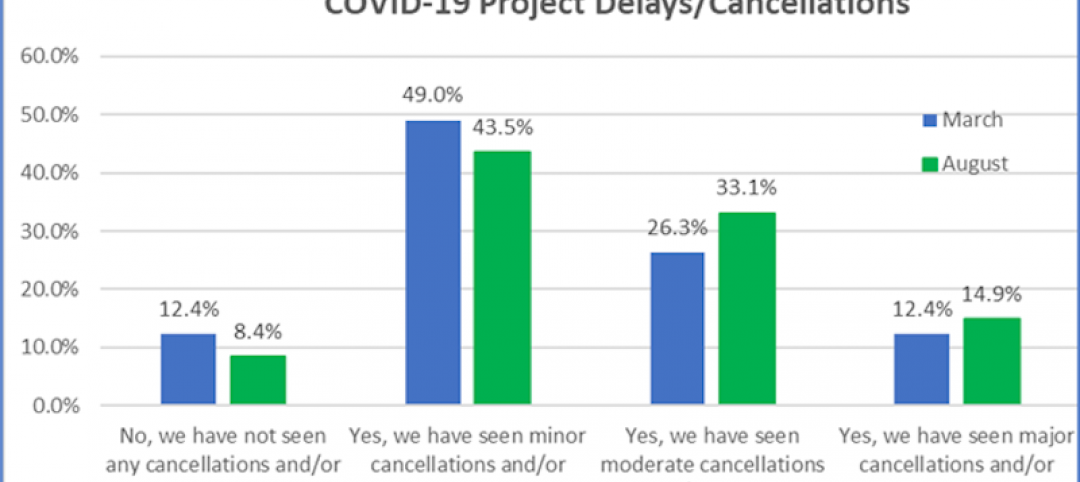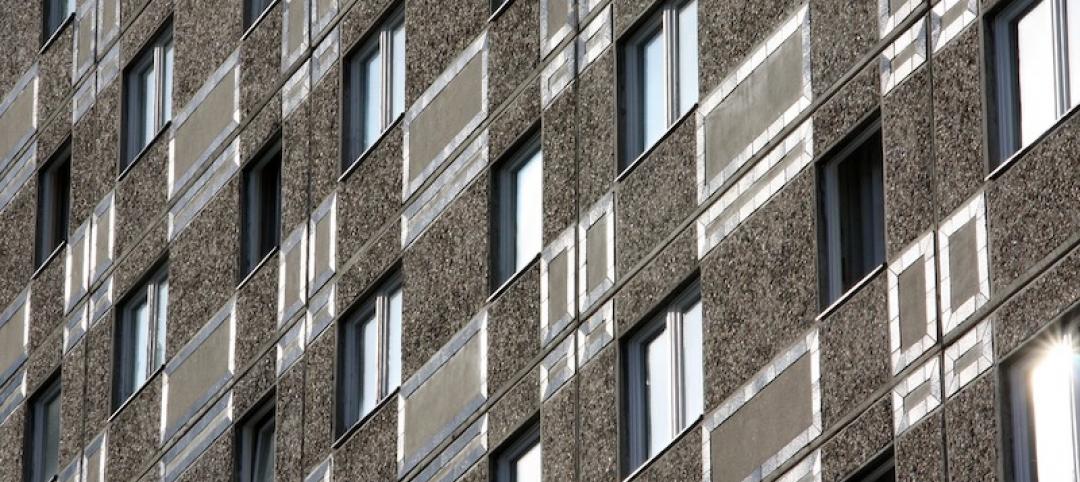In September, the Council on Tall Buildings and Urban Habitat will launch a 12-month research project, “Creating Industry-Accepted Criteria for Measuring Tall Building Floor Area.”
The Council aims to identify the aspects of existing codes and regulations that are internationally accepted and the areas where the code and regulations are contentious or are too broad. The most common method to measure a building’s floor area is by using Gross Floor Area (GFA); however, there are other methods, including Gross Internal Area (GIA), Net Internal Area (NIA), Gross Leasable Area (GLA), and Net Rentable Area (NRA).
A project goal is to create varying categories of CTBUH Floor Area Criteria to provide a clear method for accurately and concisely measuring a building’s GFA, NIA, NRA, etc. “Not only will these new criteria provide a method to accurately measure floor areas, but they will complement CTBUH’s existing definitions and criteria surrounding tall buildings,” the Council says.
The project is scheduled to be completed in September 2018.
Related Stories
Codes and Standards | Nov 2, 2020
Wildfires can make drinking water toxic
Updated building codes could mitigate the danger.
Adaptive Reuse | Oct 26, 2020
Mall property redevelopments could result in dramatic property value drops
Retail conversions to fulfillment centers, apartments, schools, or medical offices could cut values 60% to 90%.
Codes and Standards | Oct 26, 2020
New seismic provisions for the National Earthquake Hazards Reduction Program released
The provisions present a set of recommended improvements to the ASCE/SEI 7-16 Standard.
Codes and Standards | Oct 22, 2020
More than 130 building projects have engaged LEED’s Safety First Credits in response to COVID-19
Best practices helping companies develop and measure healthy, sustainable, and resilient reopening efforts.
Codes and Standards | Oct 21, 2020
New technologies and techniques can ‘future-proof’ buildings
Net-zero principles may give buildings longer lives.
Codes and Standards | Oct 20, 2020
Updated AIA Contractor’s Qualification Statement and Warranty Bond documents available
Statement now includes safety protocols and plans, sustainability, and BIM experience.
Codes and Standards | Oct 19, 2020
NEXT Coalition chooses five pilot projects to fight COVID-19 on jobsites
Mobile platforms, wearable sensors, AI video systems among the trial solutions.
Codes and Standards | Oct 15, 2020
Neighborhoods Now offers cost-effective, DIY designs in response to COVID-19 pandemic
Designs include barriers for outdoor dining, sidewalk retail displays, and modular seating for public spaces.
Codes and Standards | Oct 14, 2020
Standard contract document for prefab and modular building released
ConsensusDocs addresses the most common prefabricated construction use-case scenario.
Codes and Standards | Oct 13, 2020
Austin is first major Texas city to adopt wildfire code
New ordinance based on the International Wildland-Urban Interface Code.

















